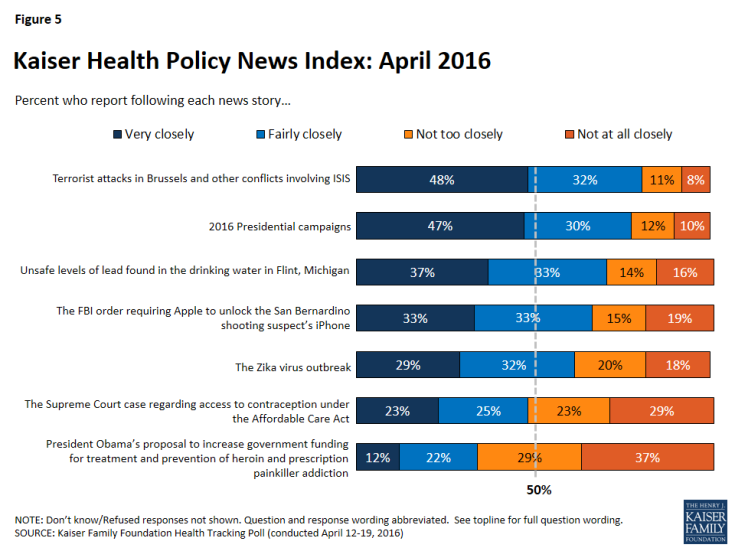Kaiser Health Tracking Poll: April 2016
The April Kaiser Health Tracking Poll continues Kaiser Family Foundation tracking of perceptions of the safety of drinking water.
KEY FINDINGS:
- The majority of individuals living in the Midwest rate the job being done by their state to ensure the safety of the public drinking water as fair or poor.
- Women are less confident in government’s ability to ensure the safety of public services, including the public sewer system, the electricity system, and the water supply, than their male counterparts.
- The American public negatively rates the job being done by the federal government in protecting the safety of public drinking water and is more positive than negative on the job being done by their individual states.
- The terrorist attacks in Brussels and other conflicts involving ISIS and the 2016 presidential campaign are the top two stories capturing the attention of the American public this month.
- Americans are increasingly paying attention to news about the unsafe lead levels in Flint, Michigan’s water and the Zika virus outbreak.
Government’s Ability to Safeguard Public Services
With news that several government officials are facing charges in connection with the contamination of Flint, Michigan’s water supply1, the April Tracking Poll examines Americans’ confidence in the government’s ability to ensure the safety of public services, including public water supplies.
Protecting the Safety of Public Drinking Water
While a majority of the American public positively rate the job being done by the state government in protecting the safety of public drinking water, attitudes are more negative in their evaluations of the job being done by the federal government.
Over half of the public say their state is doing an “excellent” (17 percent) or “good” (37 percent) job in protecting the safety of public drinking water. About three in ten (31 percent) rate the job being done by their state as “fair,” and 14 percent rate it as “poor.”
Only seven percent of Americans rate the job being done by the federal government in protecting the safety of public drinking water as “excellent,” 29 percent rating it “good,” 36 percent rating it “fair,” and one-fourth (26 percent) rating it as “poor.” There are no partisan differences in evaluations of the job currently being done by state governments or the federal government with Republicans and Democrats being equally negative in their evaluation of the federal government and more divided on the job being done by their state.
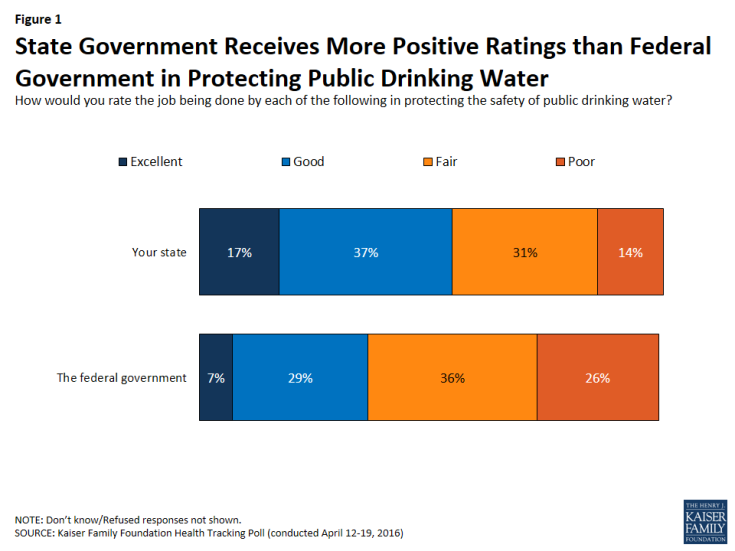
Figure 1: State Government Receives More Positive Ratings than Federal Government in Protecting Public Drinking Water
Individuals living in the Midwest, where Flint, Michigan is located, are less positive in their evaluations of their state’s job of protecting the safety of the public drinking water. When controlling for demographic factors (age, income, education level, party identification, gender, and race/ethnicity), results indicate that individuals living in the Midwest are negative in their evaluations with slightly more than half (52 percent) giving their state a rating of “fair” or “poor,” which is similar to those living in the Northeast (49 percent), but slightly more negative than those living in the South (43 percent), and significantly more negative than those living in the West (39 percent).
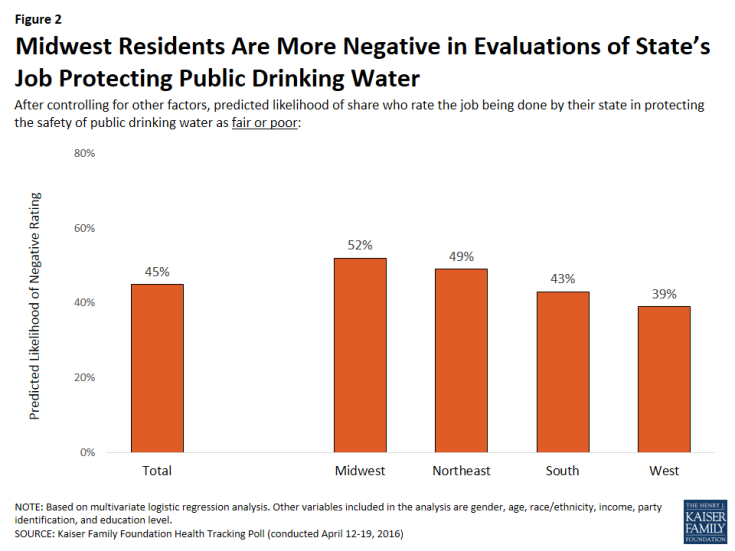
Figure 2: Midwest Residents Are More Negative in Evaluations of State’s Job Protecting Public Drinking Water
Confidence in State Government’s Ability to Ensure Safety of Public Services in the Future
While the public is more divided on evaluations of their state’s current job protecting public drinking water, the majority of Americans are not very confident that their state government can ensure the safety of their electricity system, the public sewer system, or the public water supply over the next five years.
Seven in ten Americans say they are not very confident in the state government’s ability to ensure the safety of the water while 29 percent say they are very or extremely confident. The results are similar to opinions about the state’s ability to ensure the safety of the public sewer system (67 percent are not very confident while 31 percent are very or extremely confident), and to a lesser degree, the electricity system (59 percent are not very confident while 39 percent are very or extremely confident).
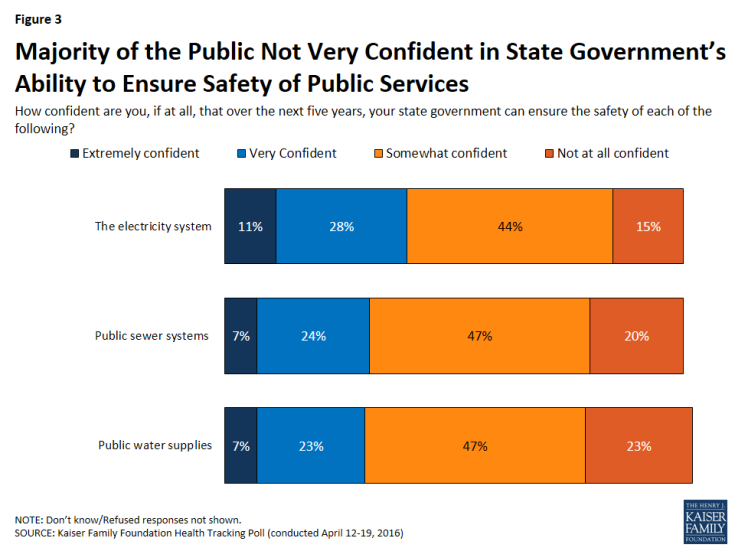
Figure 3: Majority of the Public Not Very Confident in State Government’s Ability to Ensure Safety of Public Services
Overall, women are less confident in government’s ability to ensure the safety of public services than their male counterparts. Three-fourths of women (74 percent) are not very confident in their state’s ability to ensure the safety of their water, compared to 66 percent of men. These gender differences are also apparent when asked about ensuring the safety of the public sewer system (71 percent of women are not very confident, compared to 62 percent of men), and the electricity system (64 percent of women are not very confident, compared to 55 percent of men). These findings are consistent with other indicators suggesting that women care more about health-related issues than men.
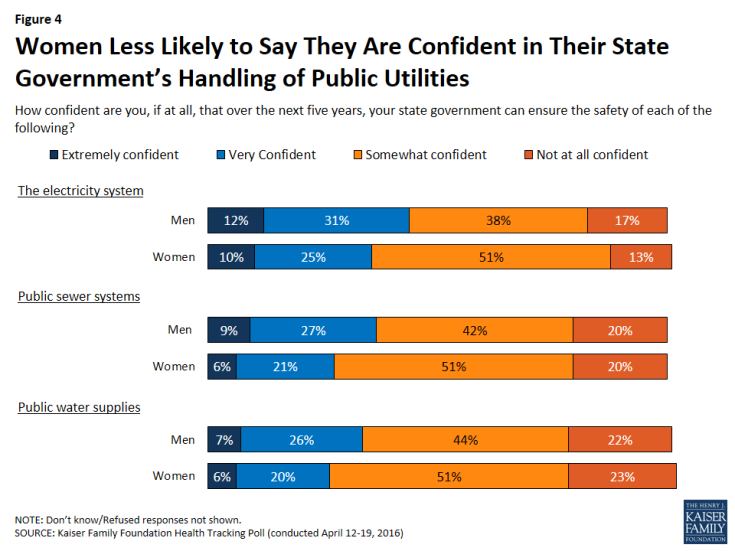
Figure 4: Women Less Likely to Say They Are Confident in Their State Government’s Handling of Public Utilities
Kaiser Health Policy News Index: April 2016
The April Kaiser Health Tracking Poll finds that the top two stories capturing the attention of the American public are the terrorist attacks in Brussels and other conflicts involving ISIS and the 2016 presidential campaign, with 80 percent and 77 percent of Americans saying they are closely following these stories, respectively. Americans are increasingly paying attention to news about the unsafe lead levels in Flint, Michigan’s water (70 percent) and the Zika virus outbreak (61 percent), up from 63 percent and 54 percent respectively in March 2016. A majority of Americans (66 percent) also report closely following news about the FBI order requiring Apple to unlock the San Bernardino shooting suspect’s iPhone. Fewer Americans report closely following news about the Supreme Court case regarding access to contraception under the ACA (48 percent) and President Obama’s proposal to increase government funding for treatment and prevention of heroin and prescription painkiller addiction (34 percent).

